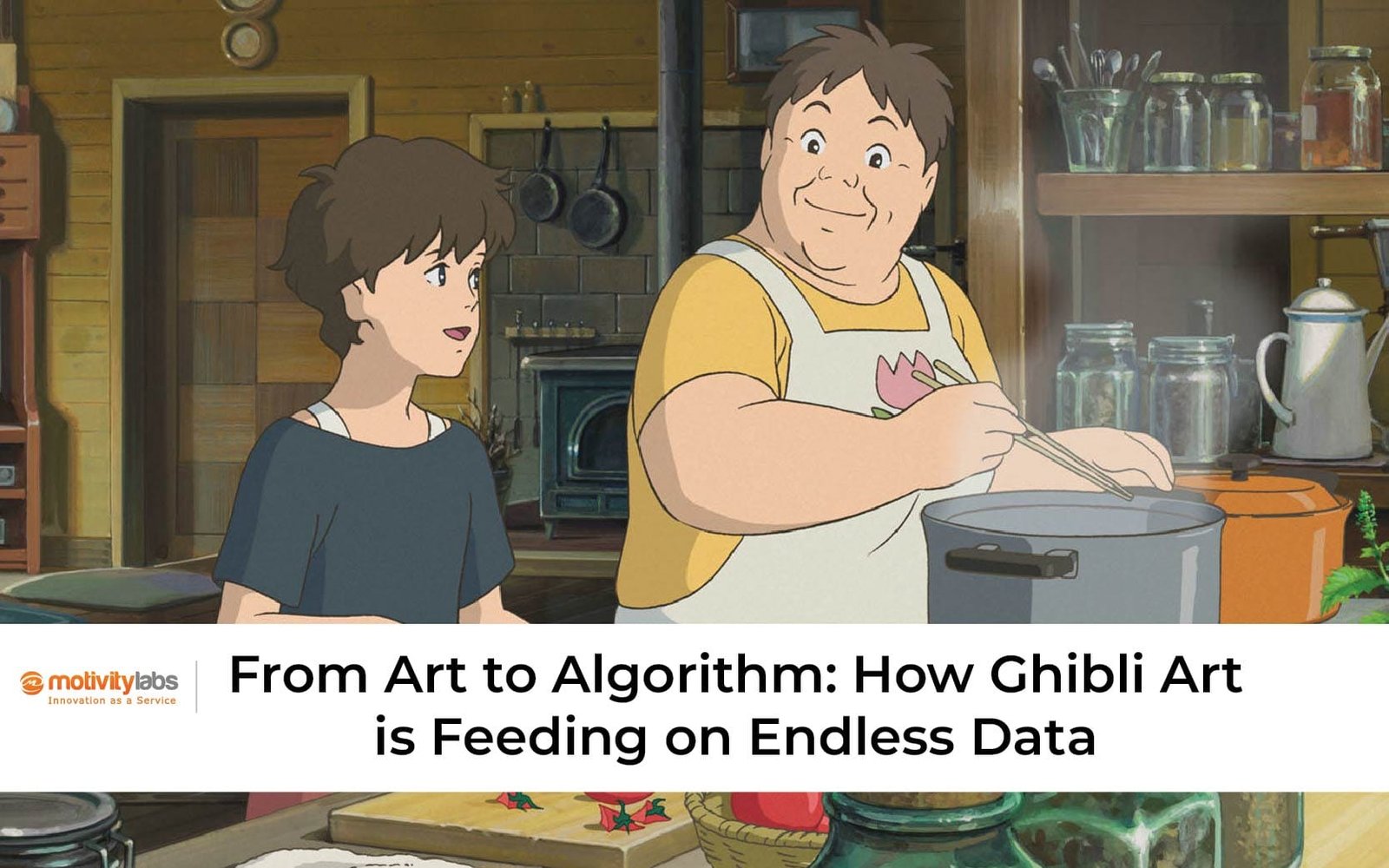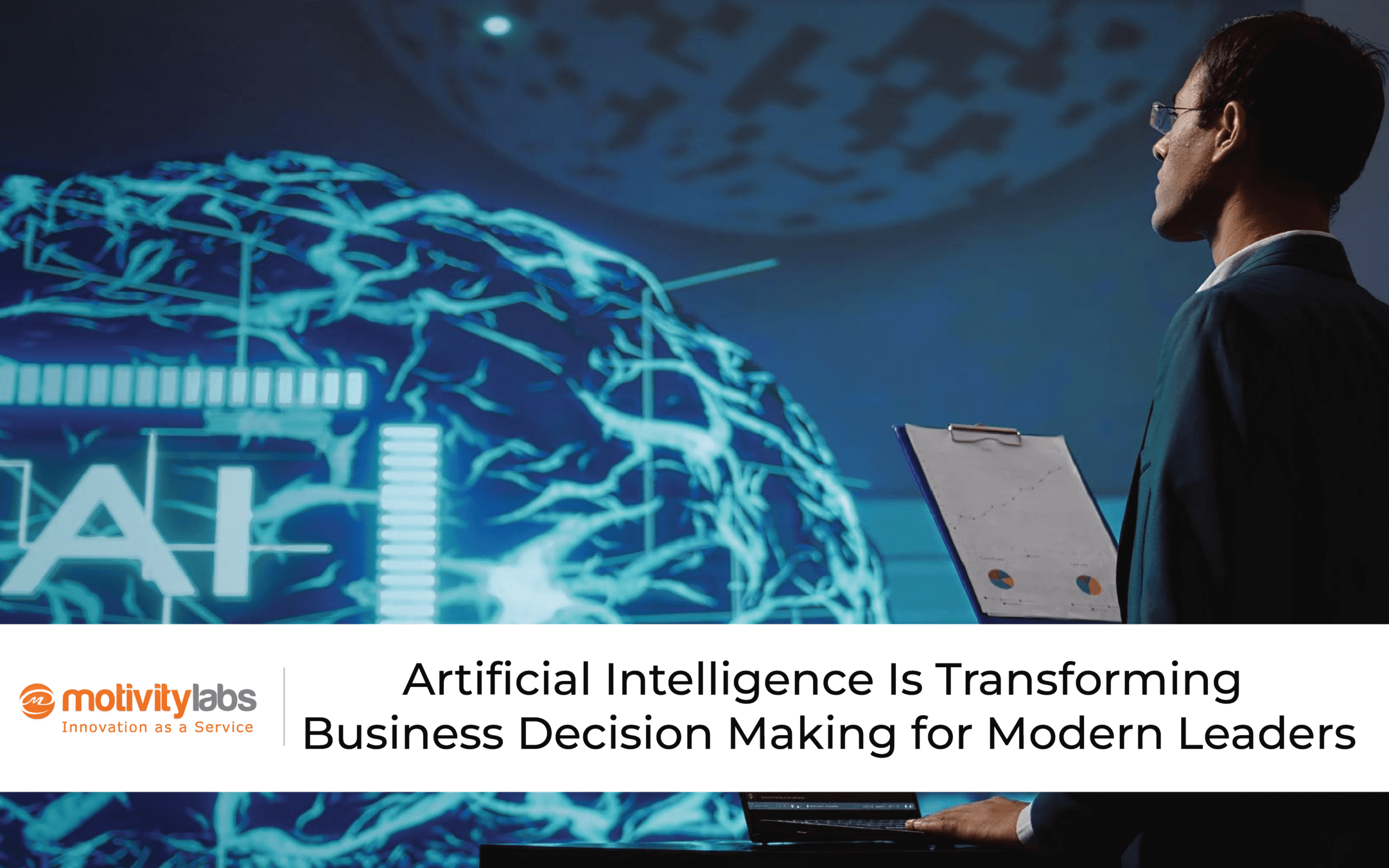Table of Contents
From Art to Algorithm: How Ghibli Art is Feeding on Endless Data
In the present world, technology and creativity are linked closely. The artistic legacy of Ghibli Art or Studio Ghibli exemplifies this connection. It stands at the crossroads of traditional craftsmanship and digital innovation.
Ghibli Art is celebrated for its remarkable hand-drawn visuals and poignant storytelling. Its art has transcended the original medium, inspiring a new generation of artists and technologists. Read on to learn about the potential consequences of the data-driven influence of Ghibli Art animation in the digital age.
The Fusion of Creativity and Code
The essence of Ghibli Art lies in the infusion of emotion into visual imagery. Each brushstroke, color, and texture in a Ghibli film is meticulously crafted by skilled artists, with every frame representing a labor of love. However, the emergence of AI-powered art generators and image-enhancement tools has ushered in a new paradigm in the artistic landscape.
The essence of Ghibli’s charm is now being integrated into advanced algorithms capable of “learning” its distinctive art style. These AI systems analyze vast amounts of data, often comprising thousands or millions of images. They identify patterns, textures, and color schemes while capturing the nuanced details that characterize Ghibli’s whimsical world.
The outcome is that AI can now replicate the emotional richness of Ghibli Art with remarkable precision. This capability, which seemed unattainable just a few years ago, raises important questions. However, as we transition from traditional art to algorithm-driven creations, it is essential to consider the implications. What are the consequences of utilizing vast data to drive the creative process?
The Data Explosion: A Creative Feast
The magic of AI-generated Ghibli Art stems from its capability to analyze and interpret data. Each brushstroke, color palette, and design elements from numerous Ghibli Art pieces are systematically cataloged into extensive datasets. These datasets are compiled from various sources, including Ghibli’s films, artworks, fan creations, and remixes of Ghibli-inspired visuals.
AI systems analyze datasets to “learn” the distinctive styles of Ghibli Art. This includes fluid animation, intricate details, rich textures, and themes of nature and fantasy. Notably, AI algorithms are continuously evolving. As they process more data, their reproductions become increasingly intricate and accurate. They can imitate the brushstroke techniques of Hayao Miyazaki’s iconic scenes and capture the dreamlike quality of Ghibli’s soft, ethereal backgrounds.
The data-driven revolution presents several challenges. While AI can mimic artistic styles, it cannot replicate the unique human touch that defines art. This raises important questions. Are we compromising the authenticity of art by depending on extensive data collection? What is lost when we allow algorithms to replace the spirit of the original artists from Ghibli?
The Rise of the AI-Generated Ghibli Landscape
AI has evolved beyond being a mere tool for artists. It is increasingly taking on the role of the artist itself. Numerous platforms and software specializing in AI-generated art are emerging within the creative industry. These tools provide artists and enthusiasts the opportunity to create Ghibli-style images without the need for traditional painting techniques. The process is straightforward: upload a few reference images, feed the algorithm, and voilà, a new piece of Ghibli-inspired art is born.
For creative professionals, this development presents new opportunities. Digital artists can utilize AI tools to generate concept art, backgrounds, and character designs with remarkable speed and efficiency. The traditionally time-consuming process of producing detailed artwork is significantly expedited, as AI handles much of the workload. It can analyze entire scenes in seconds, providing high-quality visuals that were previously the exclusive domain of highly skilled animators.
From a market perspective, this development is promising. AI-powered Ghibli Art enables smaller studios and independent creators to emulate the iconic Ghibli universe. They can achieve this without the substantial resources typically required for animated film production. For consumers, the chance to experience new, personalized artworks generated by algorithms is an appealing opportunity.
The shift towards increased reliance on data prompts a critical question. How will this dependence affect the fundamental nature of creativity within the art world? As AI systems draw inspiration from data, what scope remains for human originality?

Data Dependency: The Hidden Consequences
As AI’s influence expands, so does its reliance on data. This creates a cycle where increased data leads to more data, enhancing the AI’s creative capabilities. While the accessibility of AI tools democratizes the art-making process, there are hidden consequences to consider.
One significant concern involves the ethical implications of utilizing large volumes of data without appropriate context. AI algorithms rely heavily on the quality of their training data. For Ghibli Art, this necessitates using numerous images, including copyrighted materials, fan art, and reimagined works that can blur the boundaries between homage and infringement.
Furthermore, AI can sometimes misinterpret the original intent of the art it replicates. Data is often collected without context, lacking the cultural, historical, or emotional background that shapes a piece of artwork. Ghibli Art, known for its rich cultural references, emotional storytelling, and meticulous attention to detail, may be challenging for AI to represent accurately. The concern arises when an algorithm compiles fragments of data that do not align with the essence of the original work.
The issue of bias is a crucial consideration. An AI system trained on data from specific sources or cultural contexts may inadvertently reinforce stereotypes or neglect essential aspects of diversity and representation. Relying on data to “teach” art could result in a constrained, homogenized perspective on what art should encompass. This reliance may ultimately restrict creativity rather than facilitate its growth.
The Future of Ghibli Art: A Hybrid Approach
The collision of traditional art and artificial intelligence offers a unique opportunity for a hybrid approach to creativity. AI can serve as a collaborator, supporting artists in realizing their visions. Rather than supplanting human creativity, it enhances the inspiration that fuels artistic expression.
Envision a world where artists utilize AI-generated Ghibli-style images as a foundation to expand their creative horizons. They can infuse their unique perspectives into the AI-generated pieces, enhancing and adding layers of complexity to the artwork. In this context, AI serves as a source of inspiration rather than a substitute for artistic creation.
Ghibli’s artistic philosophy emphasizes detail, emotion, and craftsmanship. This philosophy could inform the future use of AI in the creative process. Artists may leverage AI to enhance production speed while preserving the human elements that make Ghibli’s art so cherished. The essential challenge is to achieve a balance between human creativity and algorithmic efficiency.
Embracing the Data-Driven Future of Art
As Ghibli Art evolves in the age of AI, the focus shifts to how data will be integrated into the creative process. AI-powered tools are facilitating faster and more precise work for artists. However, this digital transformation presents challenges, particularly in authenticity, ethics, and bias.
The future of Ghibli Art depends on harnessing the potential of data while valuing human creativity. Although AI algorithms can analyze vast amounts of data to replicate Ghibli’s enchanting world, the true essence of that magic resides with the artists who continually redefine the limits of imagination. By achieving the right balance, the collaboration between art and technology could usher in a new era of Ghibli-inspired storytelling that captivates and inspires future generations.
Motivity Labs stands at the forefront of this digital transformation. The company provides the necessary solutions to harness data effectively while preserving the artistry that defines this beloved animation style. By connecting art with algorithms, Motivity Labs creates new opportunities for the future of animation. The approach ensures that creativity flourishes in an increasingly data-driven landscape.


